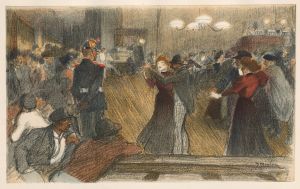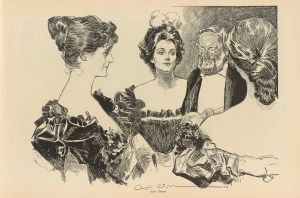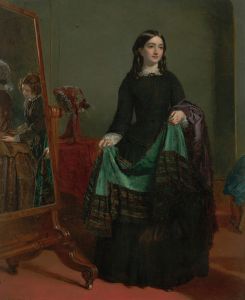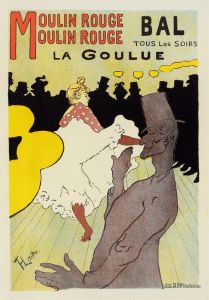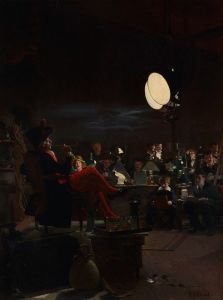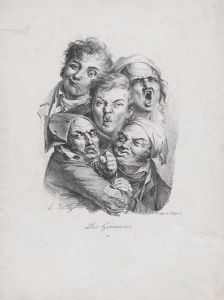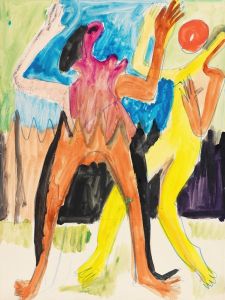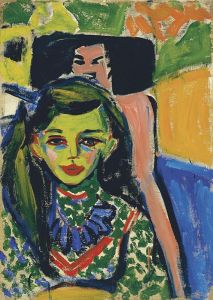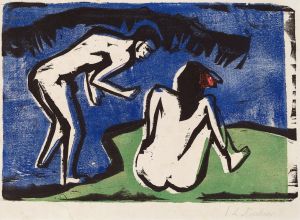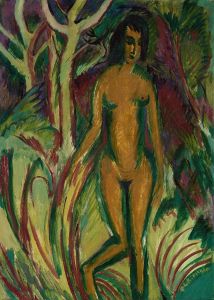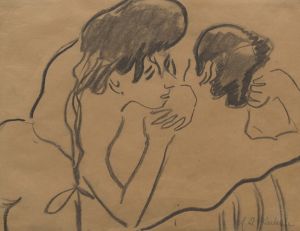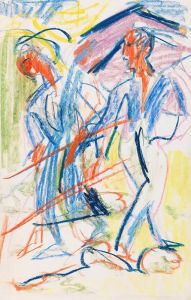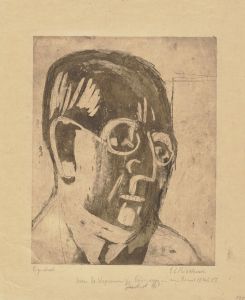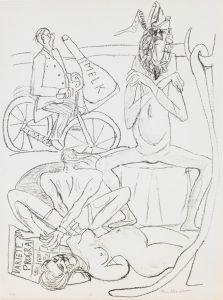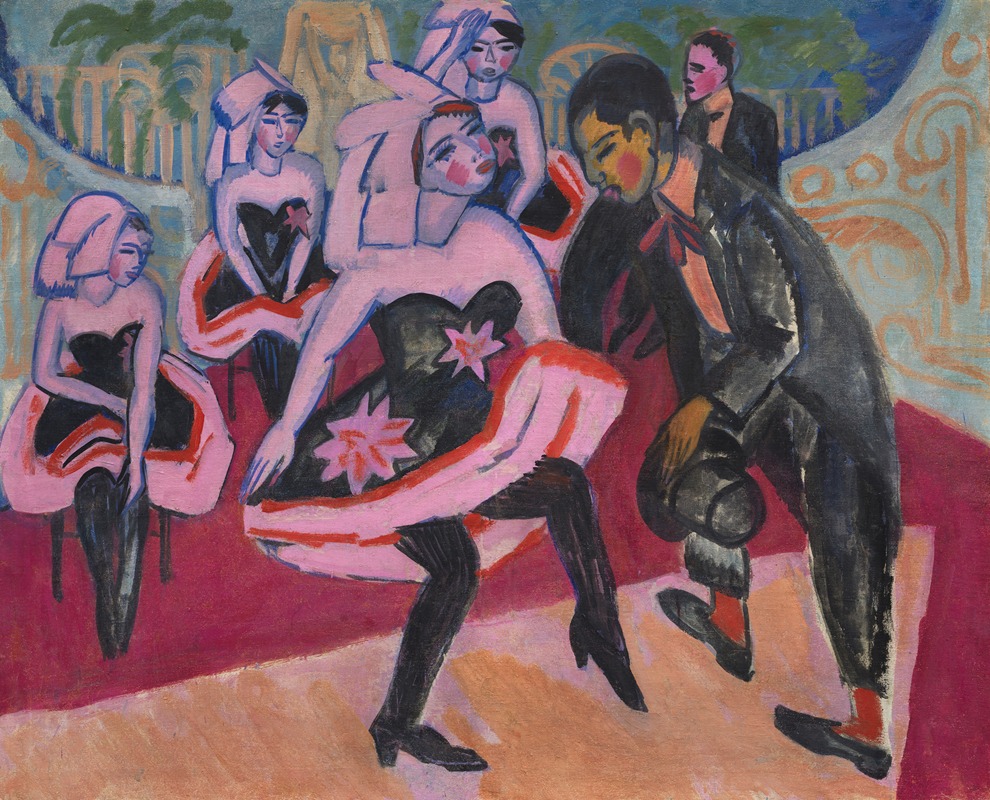
Tanz im Varieté
A hand-painted replica of Ernst Ludwig Kirchner’s masterpiece Tanz im Varieté, meticulously crafted by professional artists to capture the true essence of the original. Each piece is created with museum-quality canvas and rare mineral pigments, carefully painted by experienced artists with delicate brushstrokes and rich, layered colors to perfectly recreate the texture of the original artwork. Unlike machine-printed reproductions, this hand-painted version brings the painting to life, infused with the artist’s emotions and skill in every stroke. Whether for personal collection or home decoration, it instantly elevates the artistic atmosphere of any space.
Ernst Ludwig Kirchner's "Tanz im Varieté" (Dance in the Variety Show) is a notable work by the German expressionist painter, created in 1912. Kirchner was a founding member of the influential art group Die Brücke (The Bridge), which played a crucial role in the development of Expressionism in the early 20th century. This painting is a vivid example of Kirchner's exploration of modern urban life and his interest in capturing the dynamic energy of Berlin's nightlife during this period.
"Tanz im Varieté" depicts a lively scene in a variety theater, a popular entertainment venue in early 20th-century Germany, where audiences could enjoy a mix of performances including dance, music, and comedy. The painting captures the vibrant atmosphere of such a venue, with its bright lights and bustling activity. Kirchner's use of bold colors and dynamic brushstrokes conveys the movement and excitement of the scene, reflecting his fascination with the modern metropolis and its cultural offerings.
Kirchner's style in "Tanz im Varieté" is characterized by its expressive use of color and form. The figures in the painting are rendered with exaggerated features and elongated forms, a hallmark of Kirchner's work that emphasizes emotion and movement over realistic representation. The composition is dynamic, with a sense of rhythm and motion that draws the viewer into the scene. The use of contrasting colors and sharp angles creates a sense of tension and energy, capturing the essence of the variety theater experience.
This painting is also significant for its reflection of Kirchner's interest in the themes of modernity and the human experience within the urban environment. The variety theater, as depicted in "Tanz im Varieté," serves as a microcosm of the city itself, a place where diverse individuals come together to experience the spectacle and excitement of modern life. Kirchner's work often explored the complexities of urban existence, and this painting is a testament to his ability to convey the vibrancy and chaos of the city through his art.
"Tanz im Varieté" is part of a broader body of work by Kirchner that focuses on the nightlife and social dynamics of Berlin during the early 20th century. His paintings from this period often depict scenes from cabarets, cafes, and streets, capturing the spirit of a rapidly changing society. Kirchner's work was deeply influenced by the cultural and social transformations of his time, and his art provides valuable insights into the experiences and challenges of modern urban life.
Today, "Tanz im Varieté" is recognized as an important example of German Expressionism and is celebrated for its innovative approach to color, form, and subject matter. Kirchner's ability to convey the energy and emotion of the variety theater through his distinctive style has made this painting a significant work in the history of modern art. It continues to be studied and appreciated for its artistic and historical significance, offering a window into the vibrant cultural landscape of early 20th-century Berlin.





